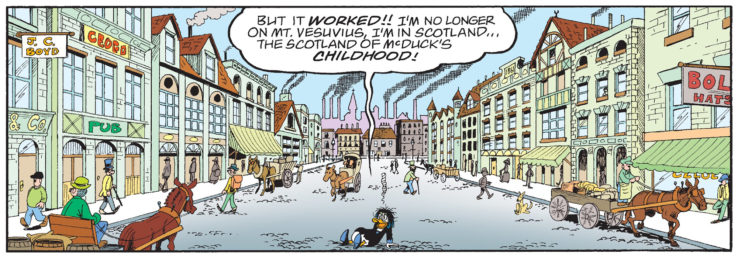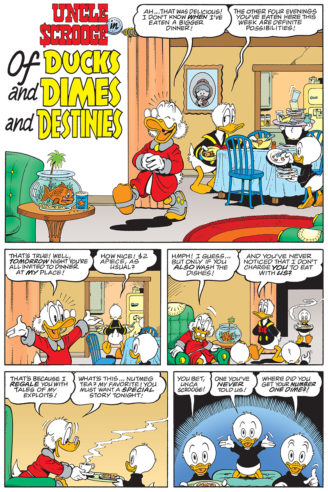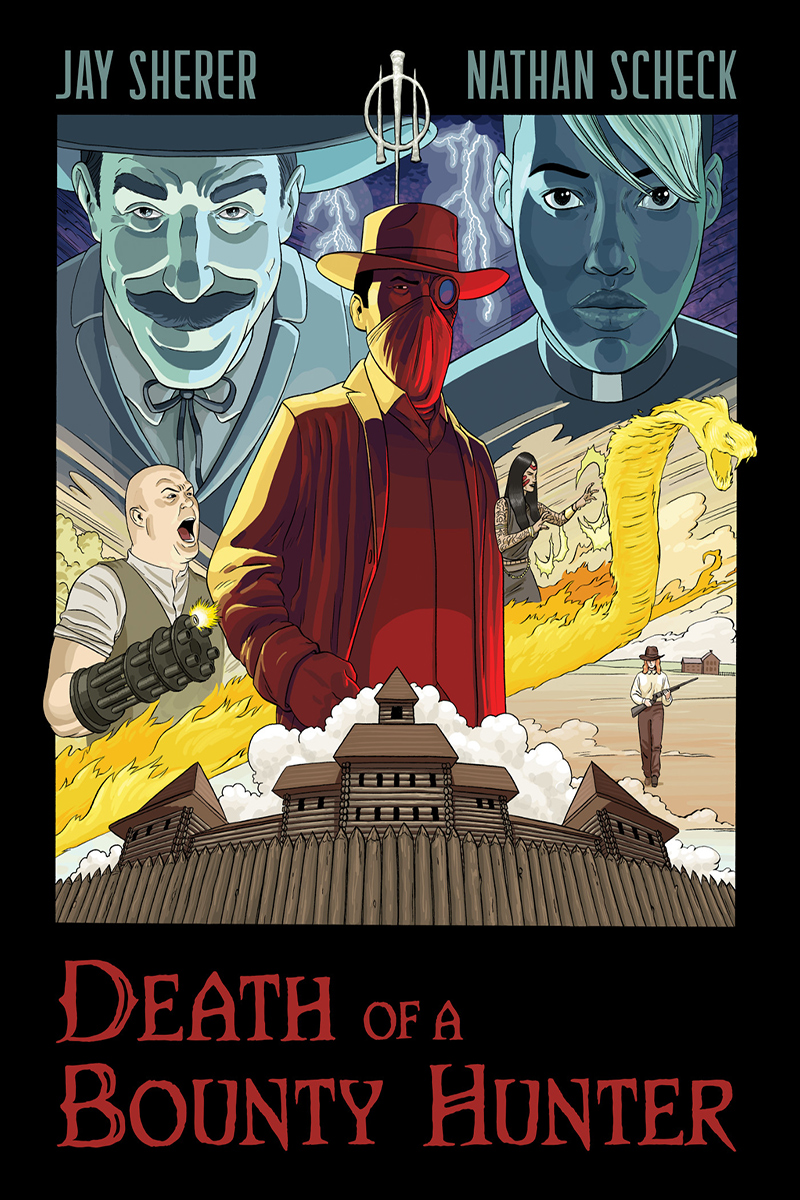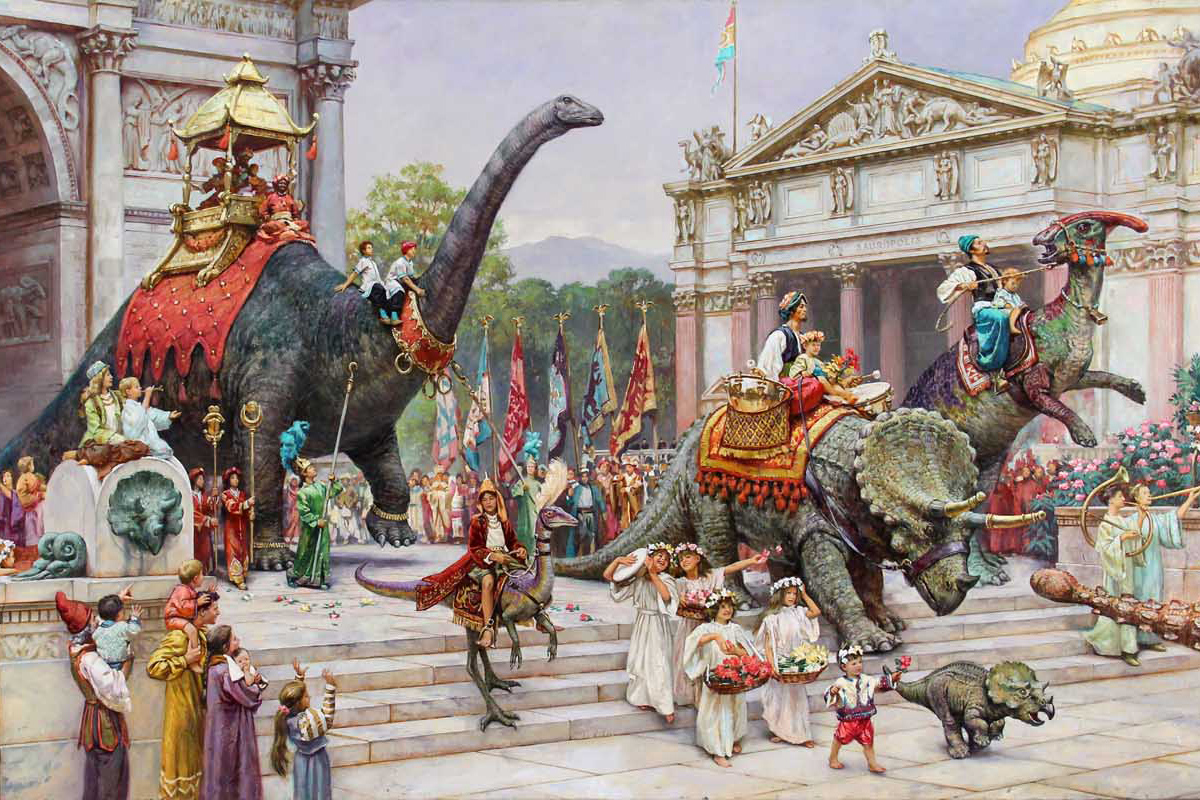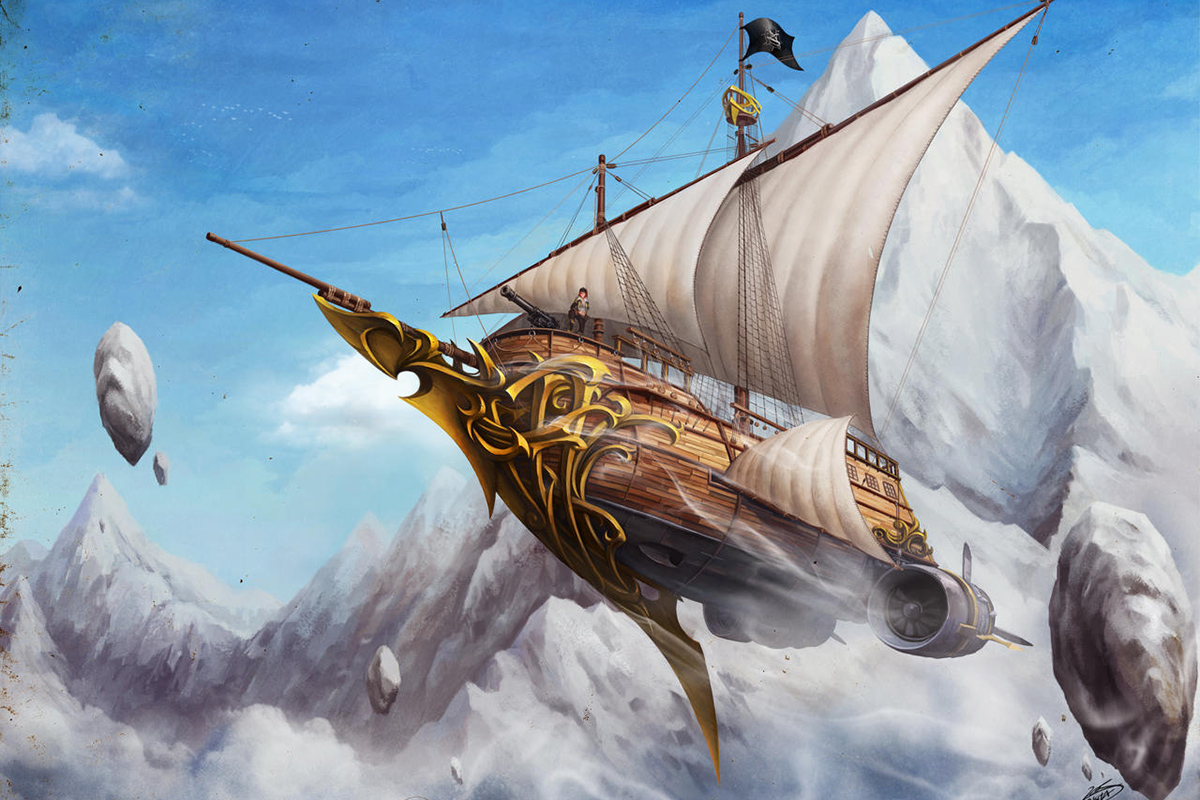Of Ducks and Dimes and Destinies (1995) is the first of the in-between chapters in The Life and Times of Scrooge McDuck. Keno Don Rosa places it before Chapter 1, calling it “Chapter 0”. It was even written and drawn before Chapter 1, but, as Rosa writes in The Life and Times of Scrooge McDuck Companion (2006), which collects all the “B” chapters, it would have been “bad form” to release the two stories around the same time, since they both tell how Scrooge earned his Number One Dime. Hence Of Ducks and Dimes and Destinies wasn’t released until after the twelve chapters of The Life and Times.
The title mimics the wording and meter of “The Walrus and the Carpenter” poem in Lewis Carroll’s Through the Looking-Glass (1871):
“The time has come,” the Walrus said,
“To talk of many things:
Of shoes — and ships — and sealing-wax —
Of cabbages — and kings –“
(Rosa never drew a cover for the story, so that’s why I’m showing you the first page.)
To explain how Scrooge came in possession of an American coin, Rosa has Howard Rockerduck, the father of his later billionaire rival John D. Rockerduck, visit Glasgow in 1877. (Although he isn’t named yet.)
The younger Rockerduck was, like Scrooge, created by Carl Barks, but only appeared in one of his stories. He became more popular in European, especially Italian, Duck comics. The name is a play on John D. Rockefeller, the oil tycoon and philanthropist.
Unlike Rockefeller Sr., Rockerduck Jr. inherited his wealth. His father struck it rich in the 1849 Californy Gold Rush. (In Duckworld, California is split between Calisota, home of Duckburg, in the north and Californy in the south.)
Unlike his brat of a son, Howard hasn’t forgotten about those less fortunate than himself and tosses poor kids playing on the curbs of Glasgow some pocket money. One of those coins finds itself into the hand of a young Scrooge, in spite of, or thanks to, the machinations of sorceress Magica De Spell, another Barks creation.
Rockerduck’s first name “Howard” is a homage to The Treasure of the Sierra Madre (1948), which features an old prospector by the same name, played by Walter Huston.
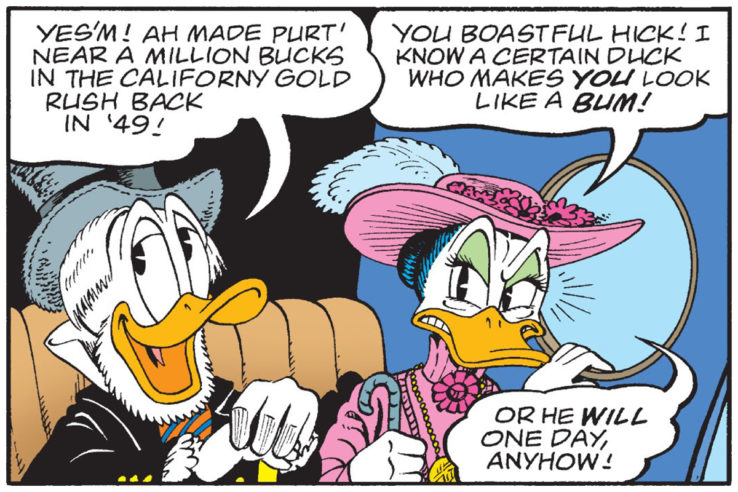
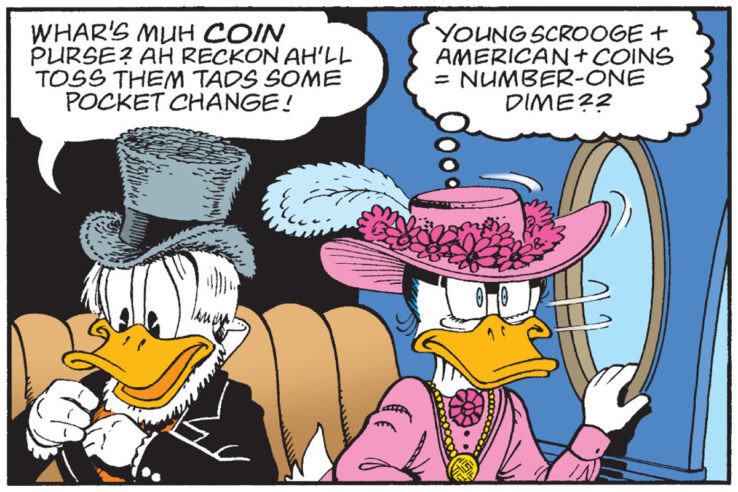
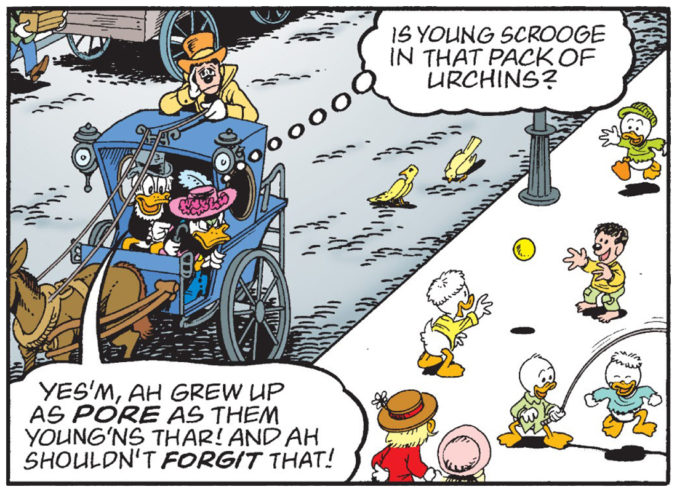
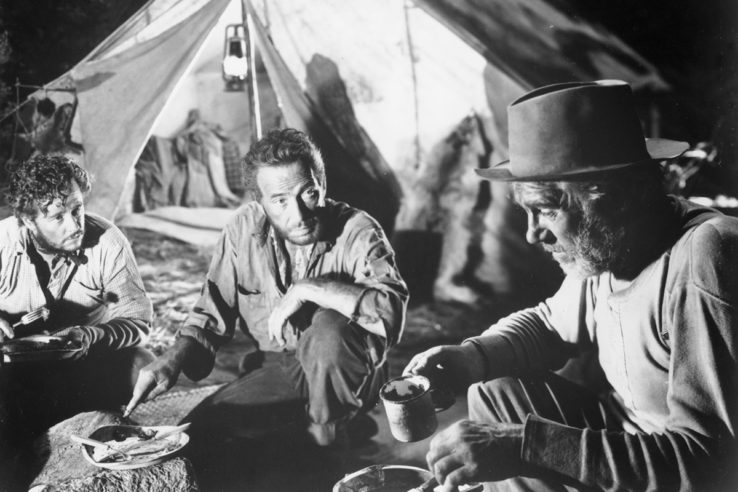
Living conditions for poor families like the McDucks were pretty abysmal in 1870s Glasgow. The city’s population had quadrupled in the preceding fifty years. Working-class immigrants, from the Highlands and Ireland, were crammed into squalid apartments behind the facades of the city’s high streets.
Thomas Annan was commissioned to photograph the living conditions of the poor in 1868, when the city began replacing the slums with more adequate social housing. Rosa’s Glasgow looks more livable by comparison.

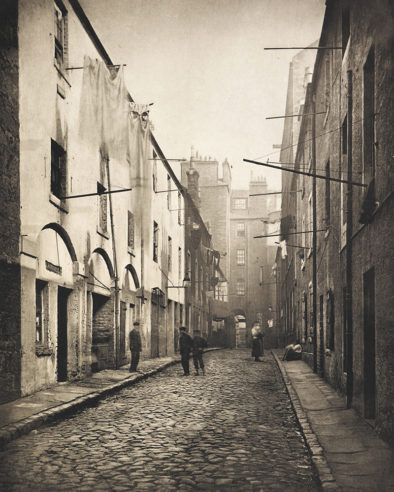
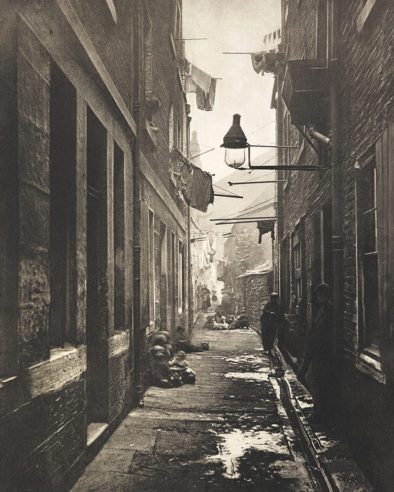
A street sign reveals the action in Of Ducks and Dimes and Destinies takes place in and around Jamaica Street, which at the time was the center of Glasgow’s drapery trade. Paisley’s was a real outfitter, although their storefront looked different. The street lamps look like they did in the real world, though.
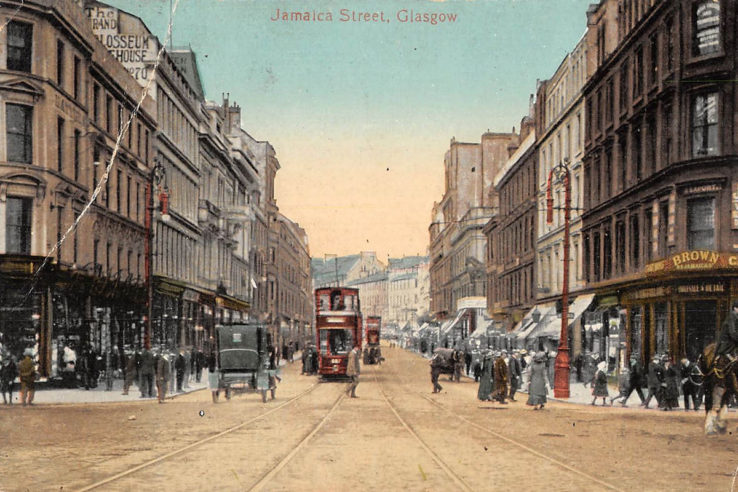
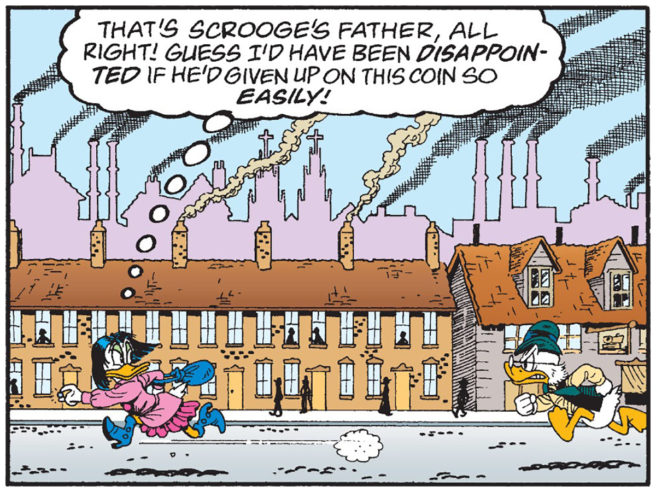
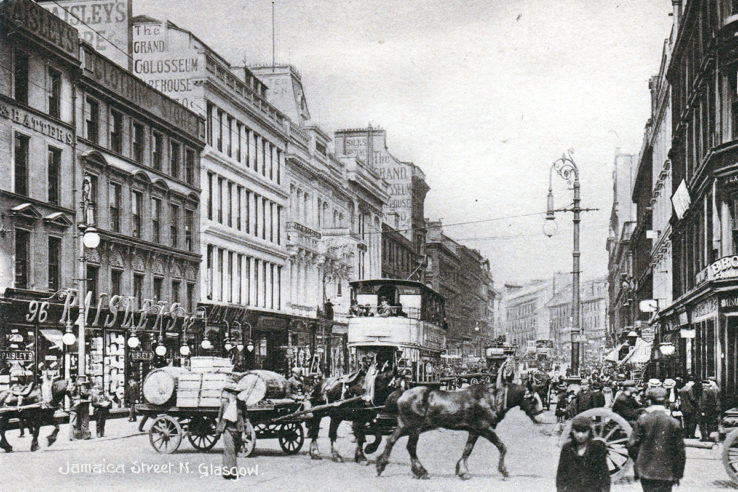
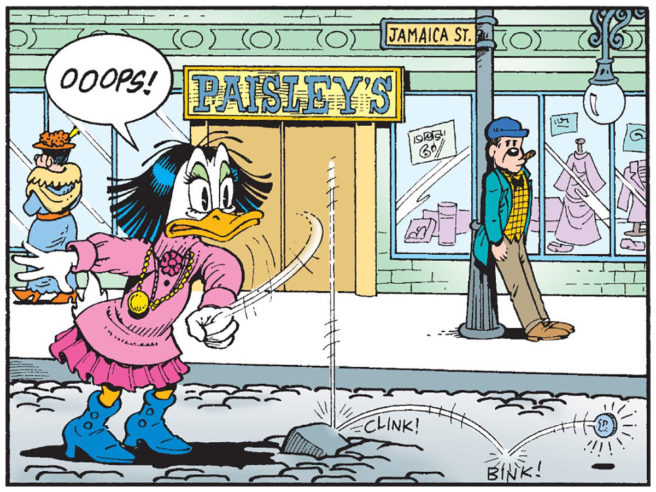
Jamaica Street itself had a tramline running through it as early as 1872, so that can’t be the street Magica De Spell lands in when she travels back in time. Perhaps a reader from Glasgow can tell us which street that is meant to represent?

